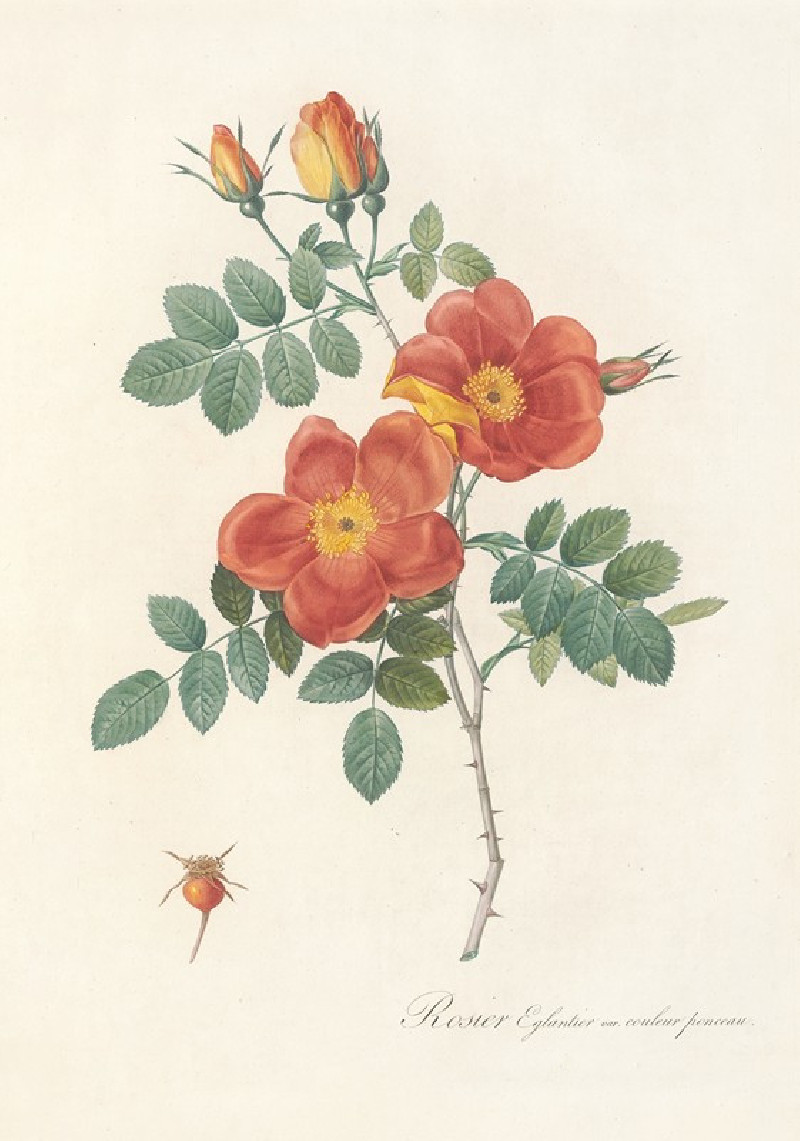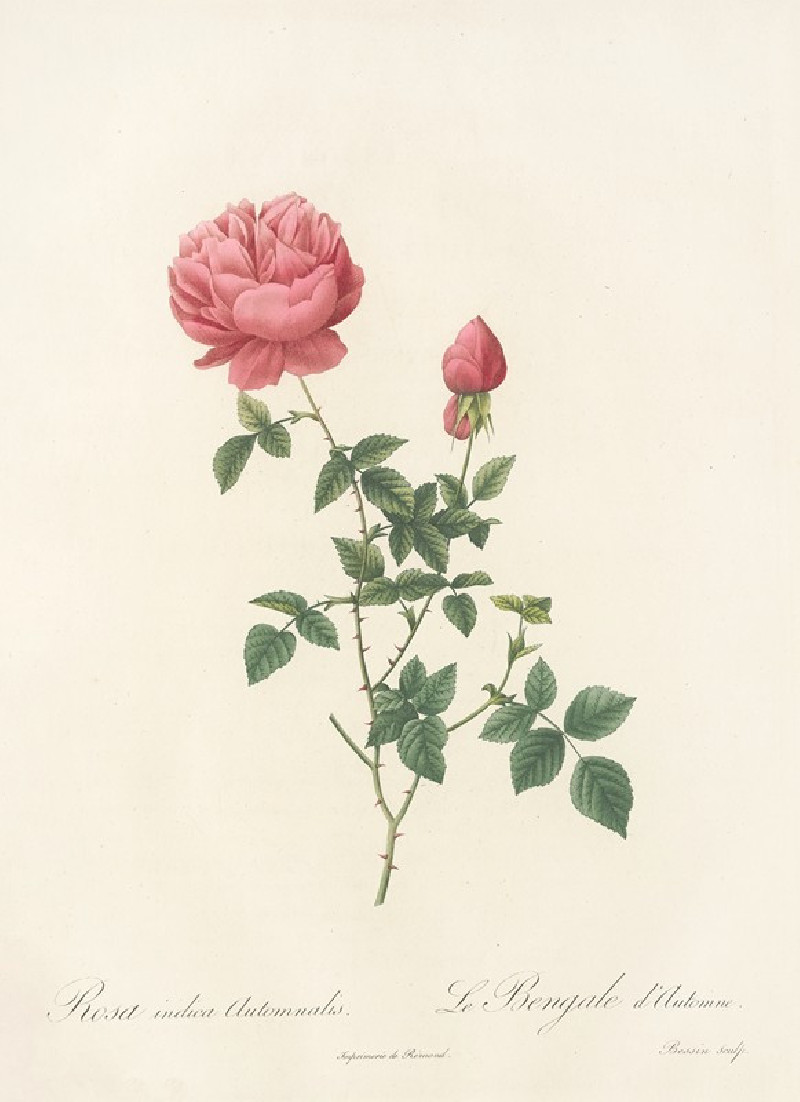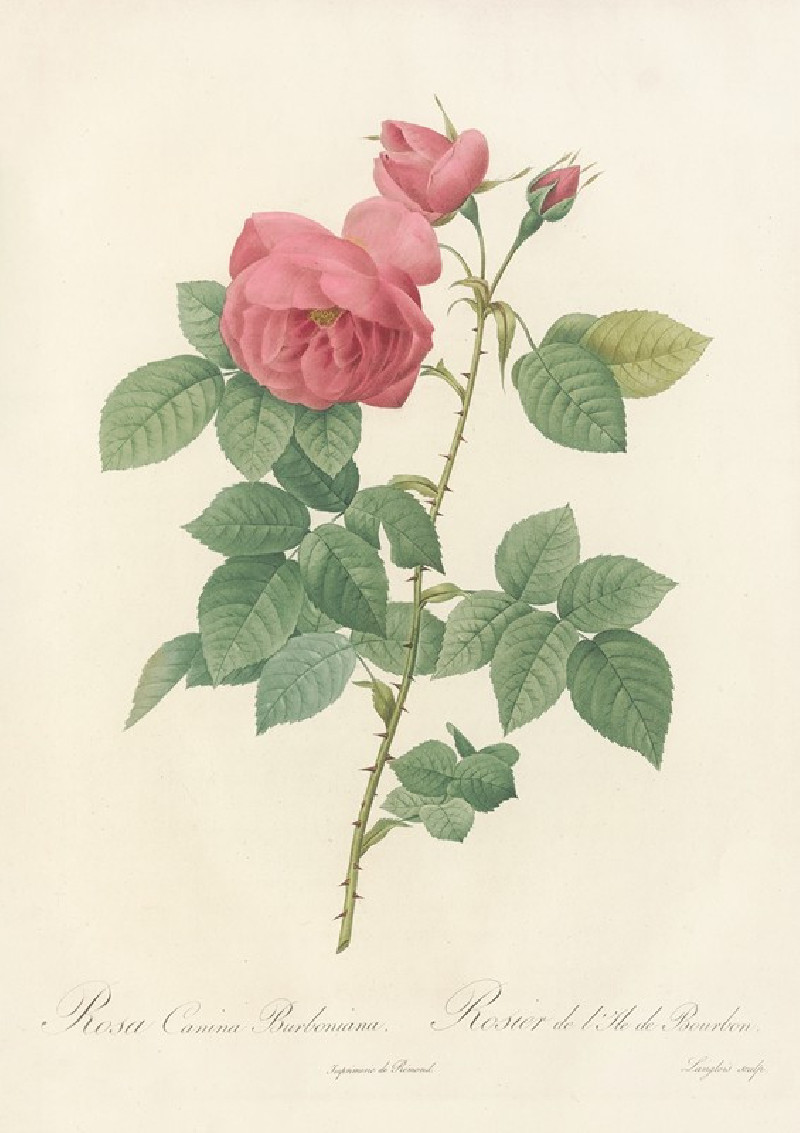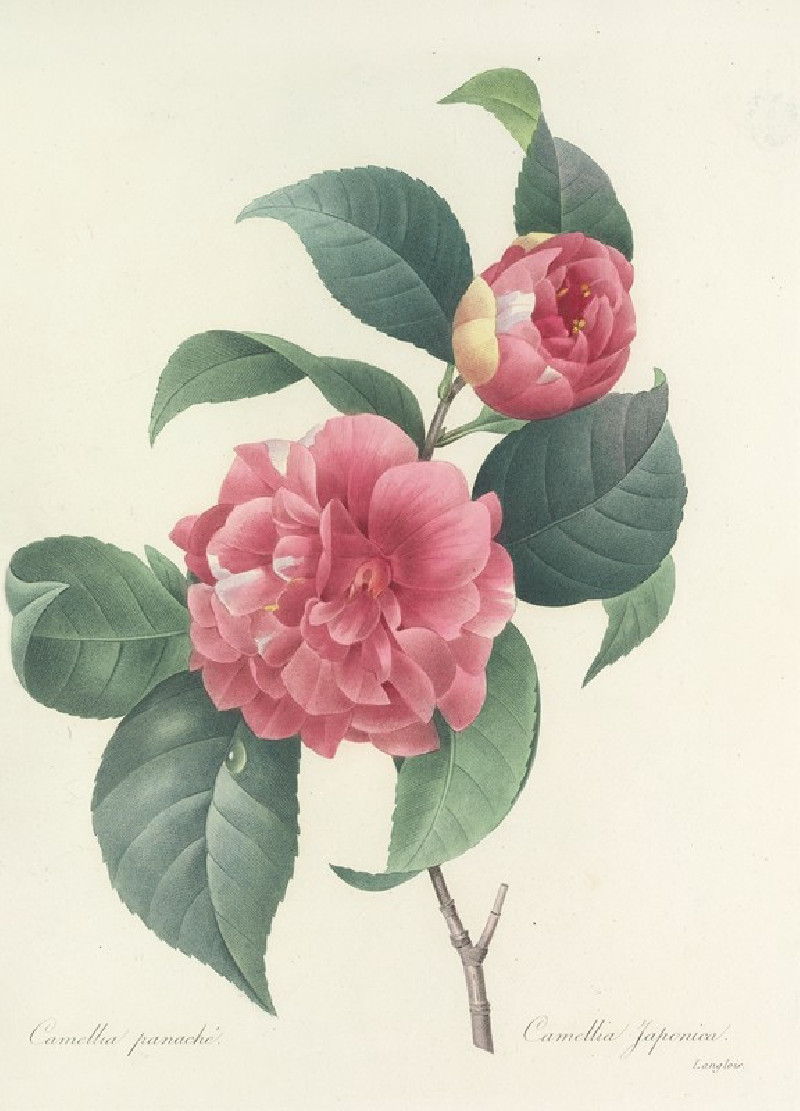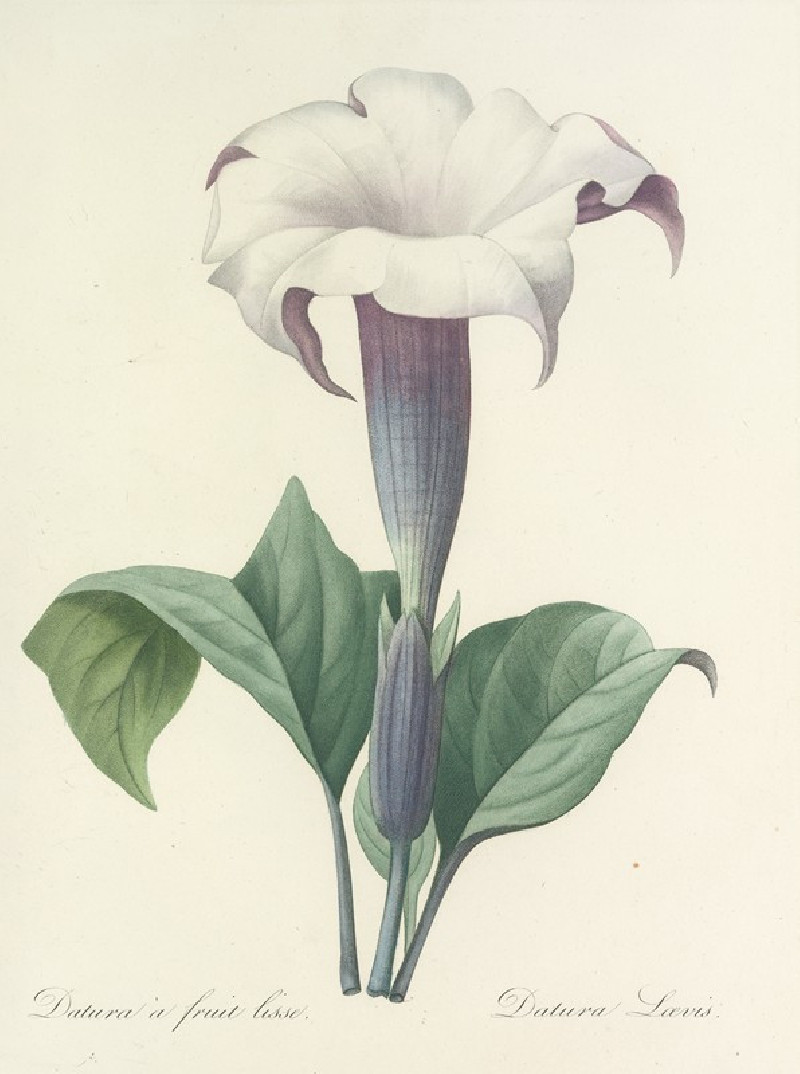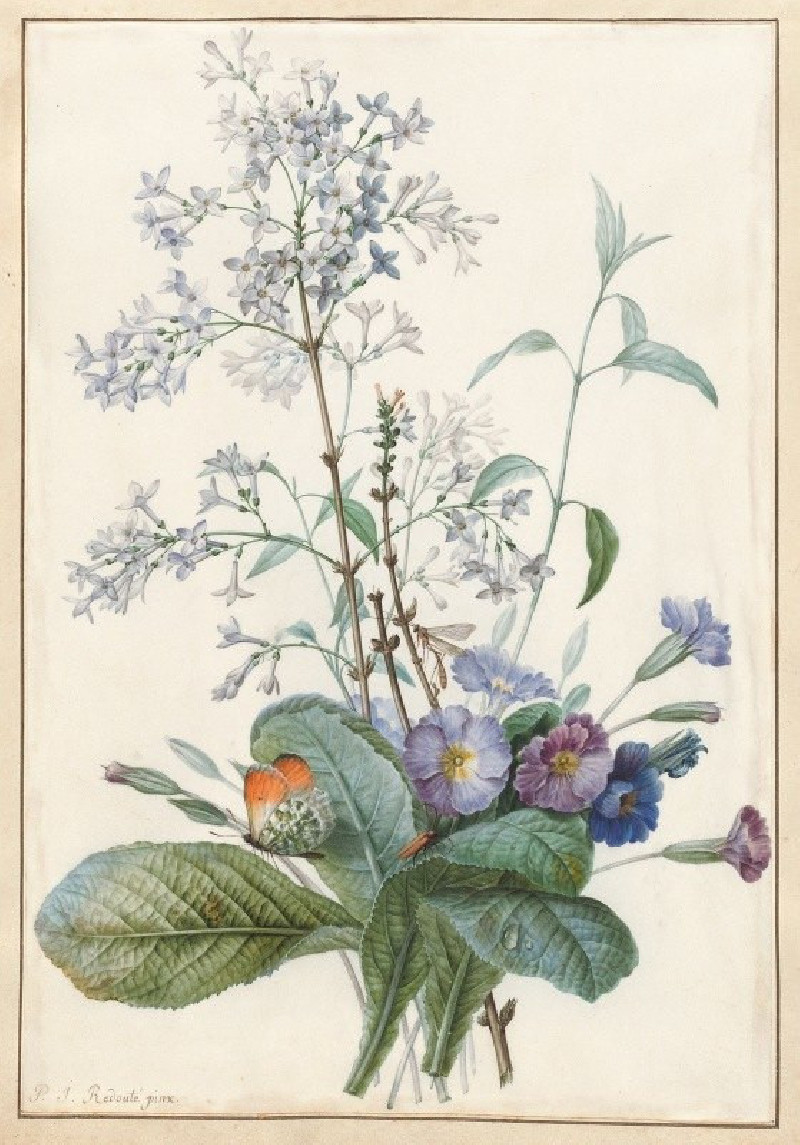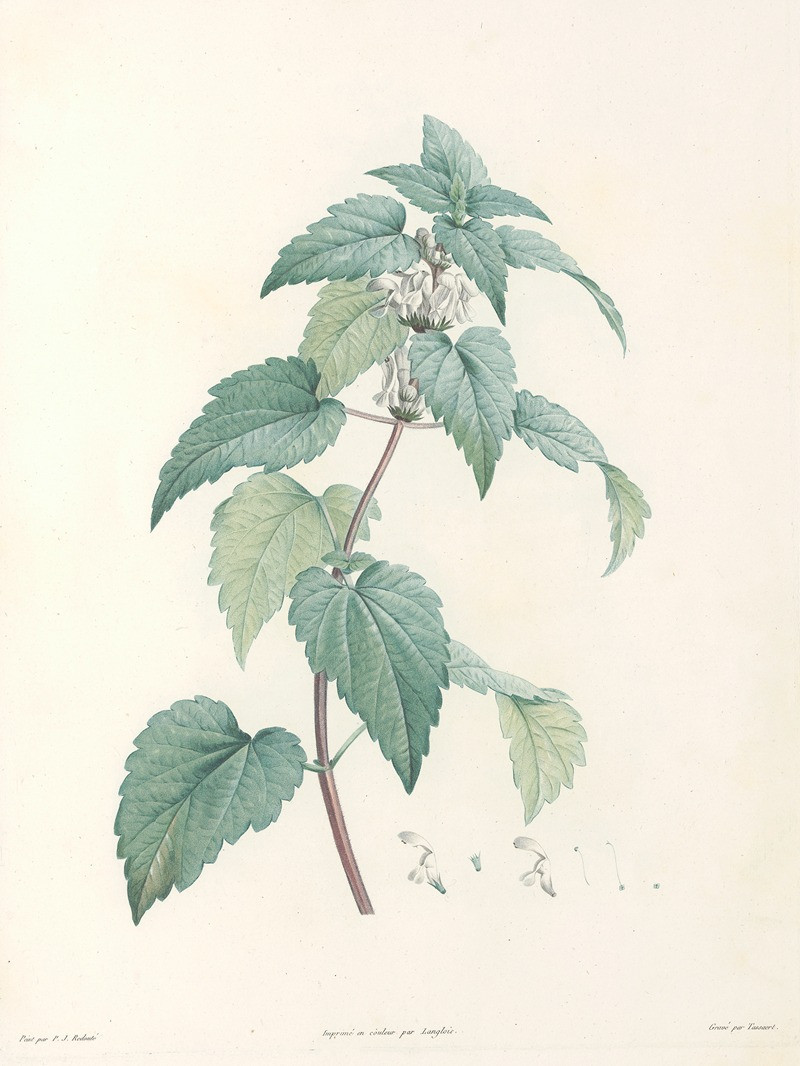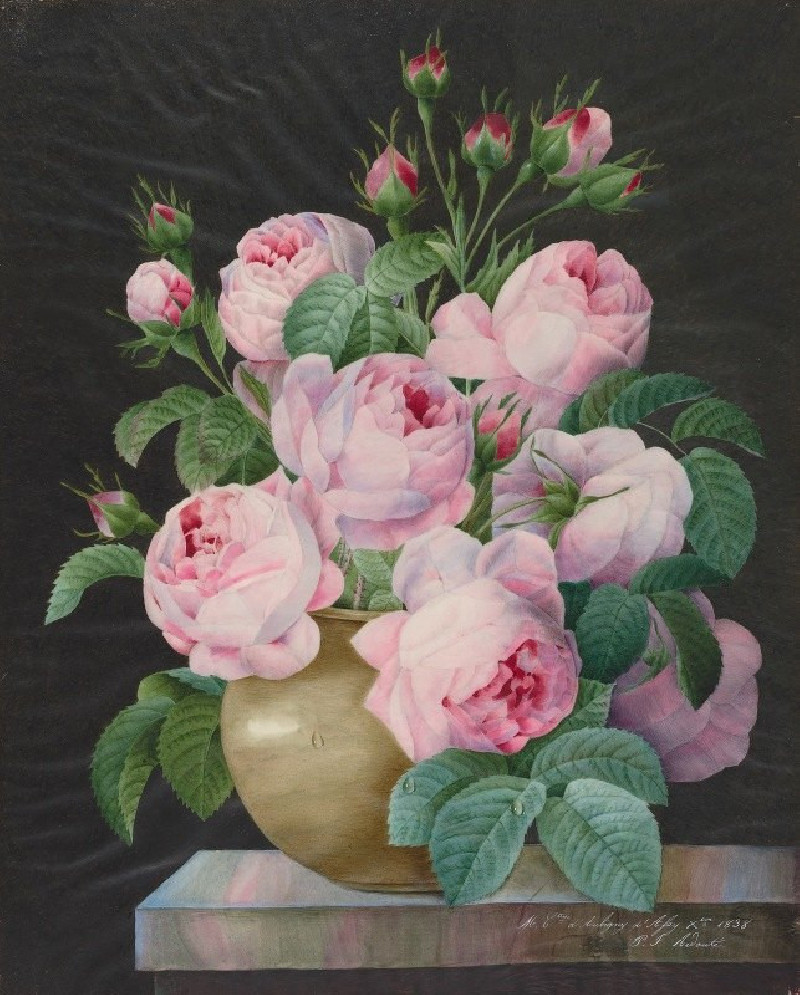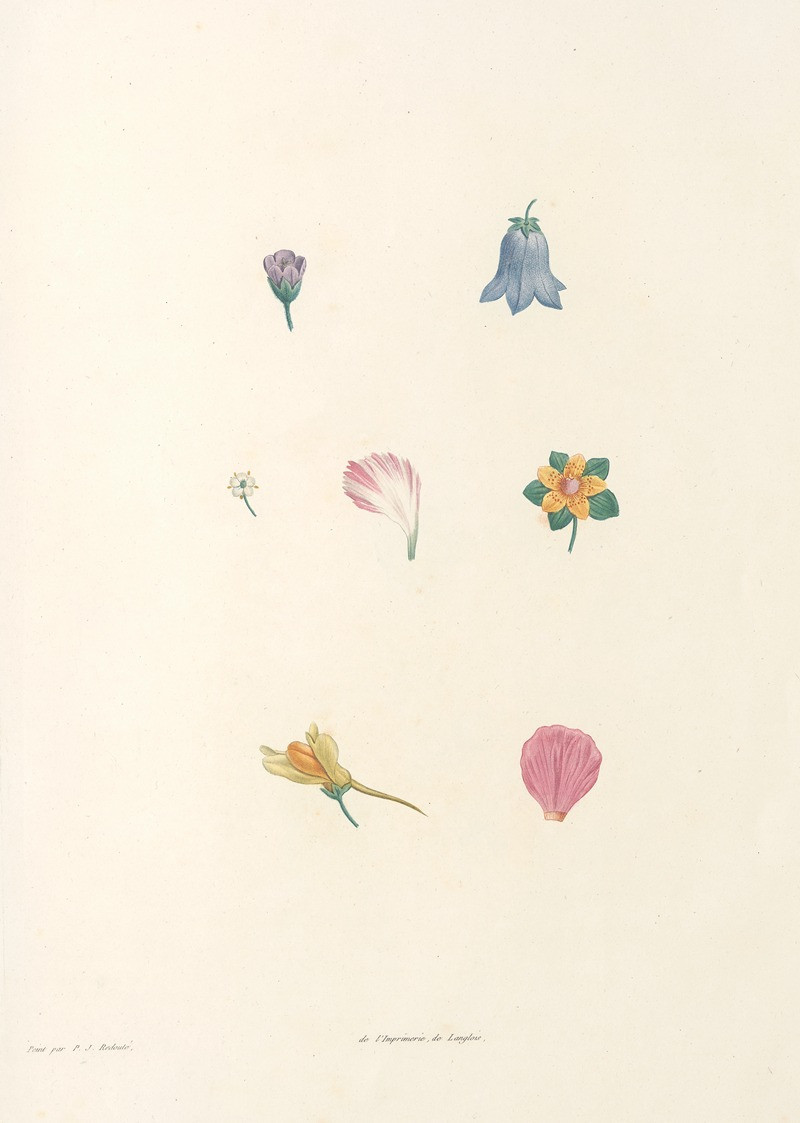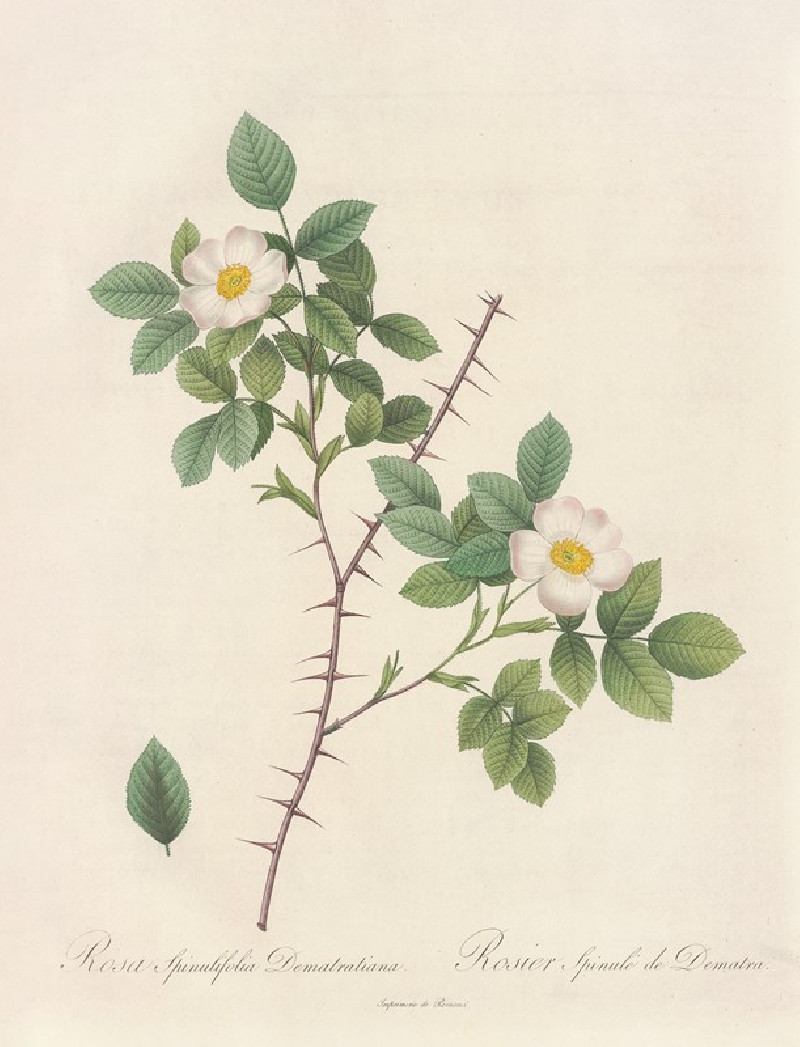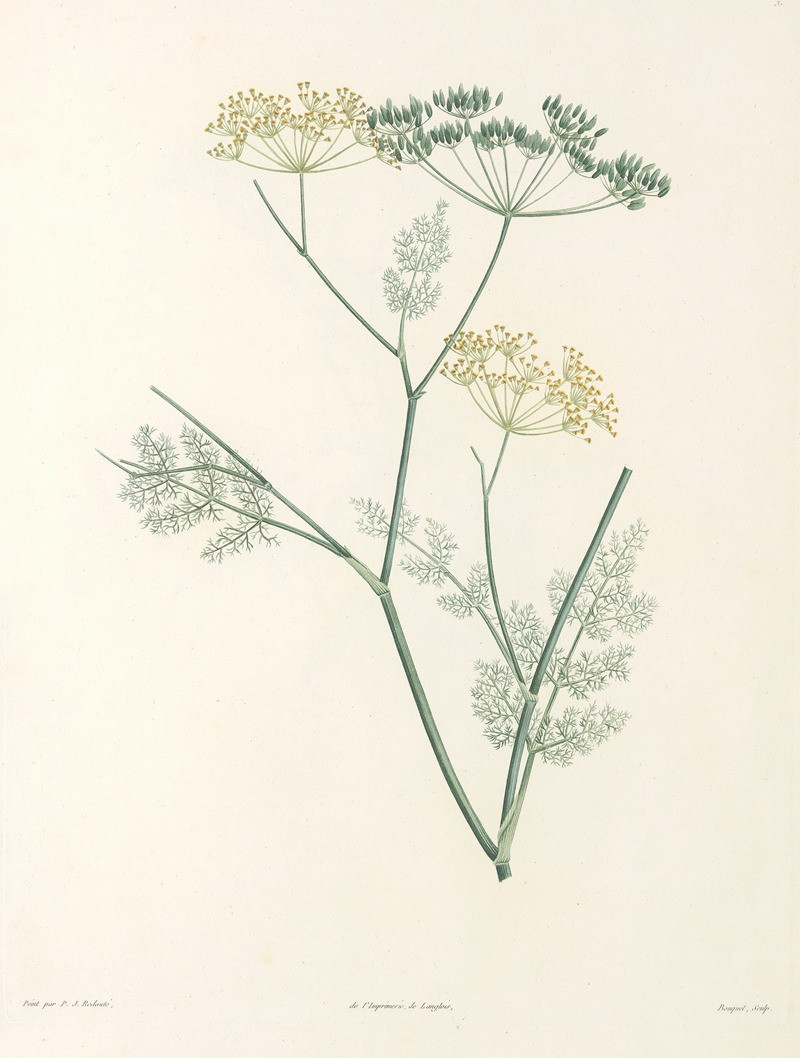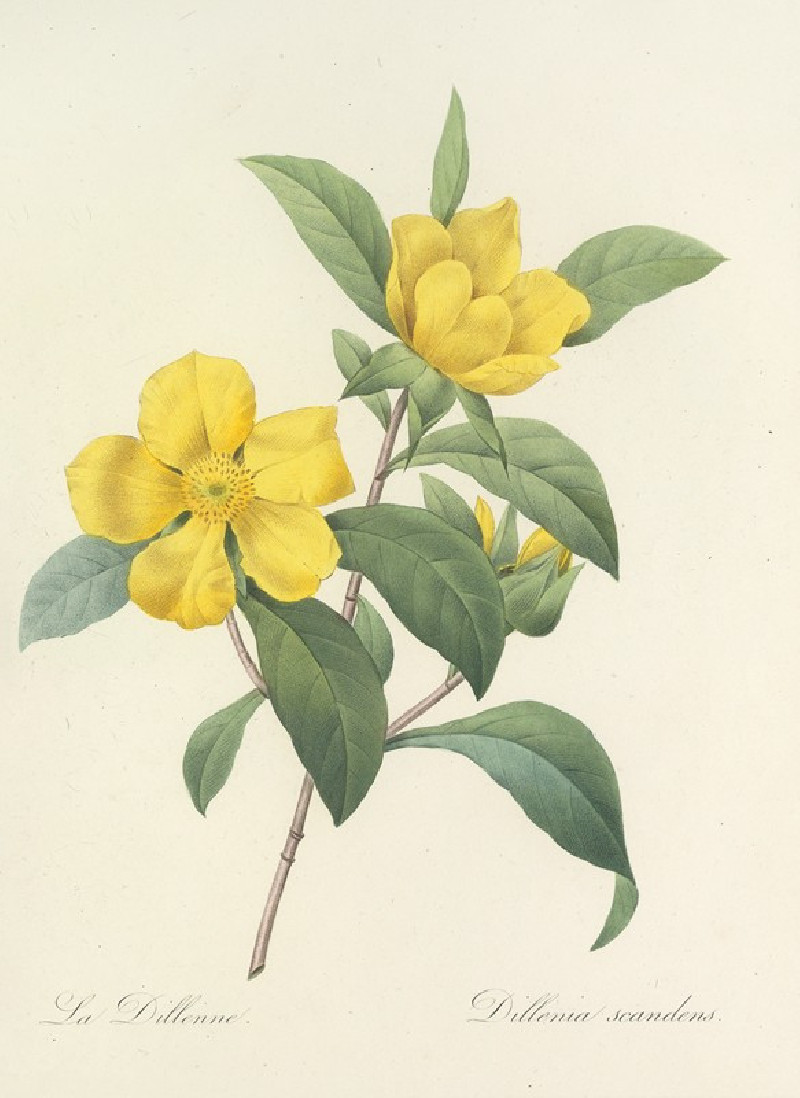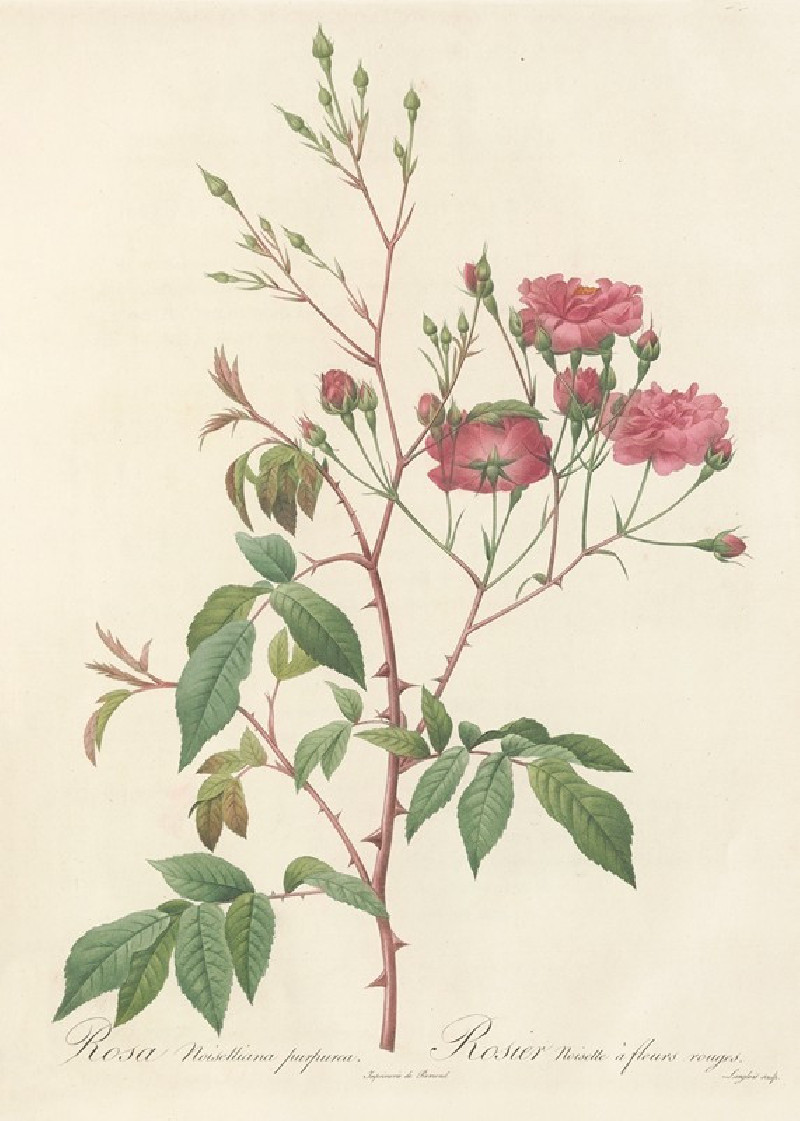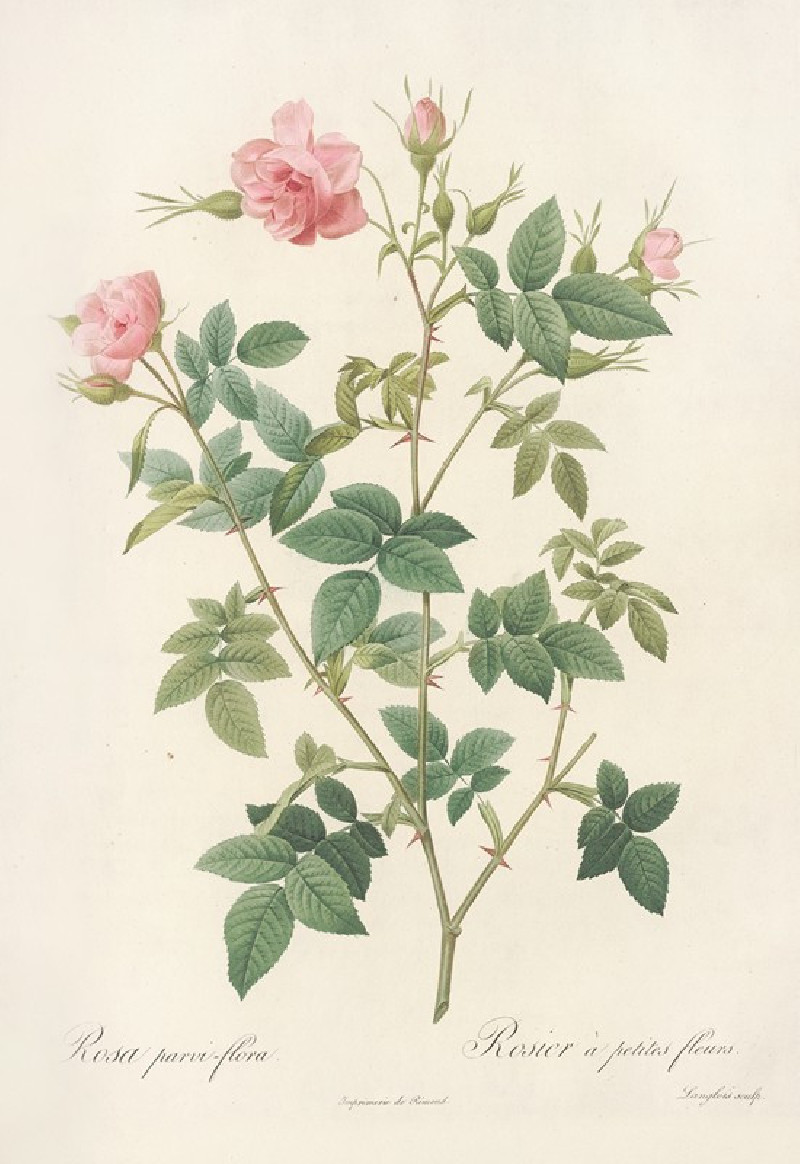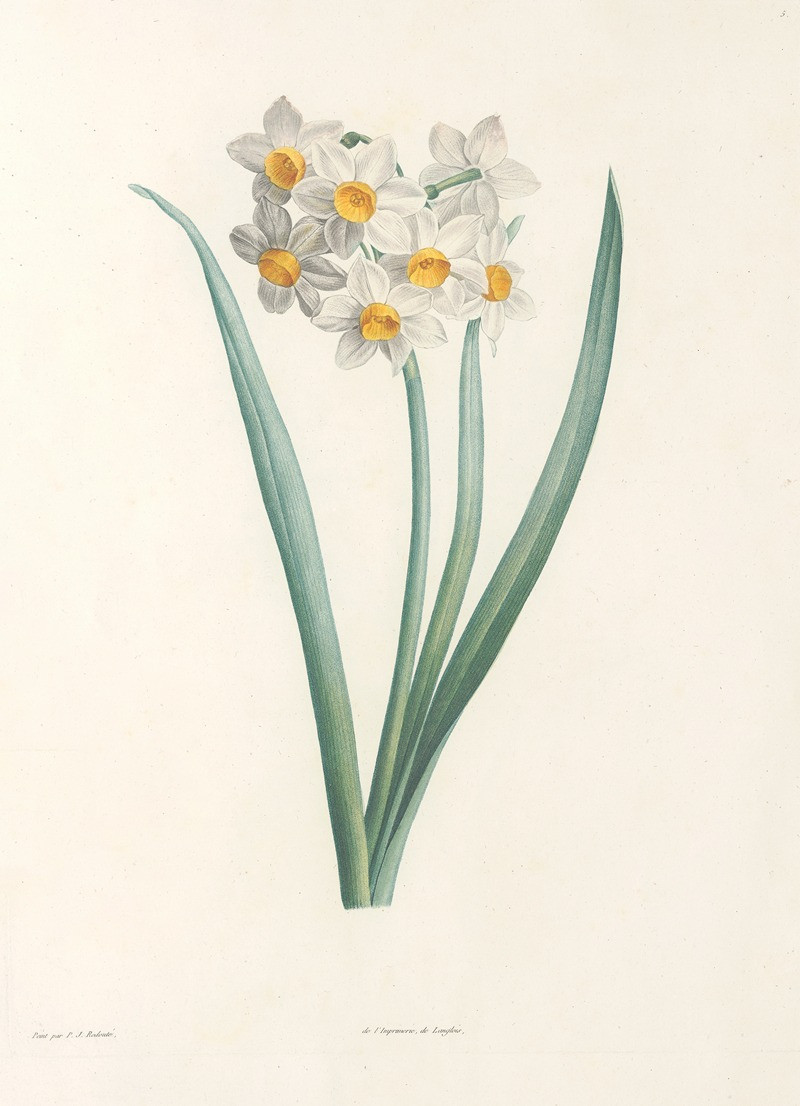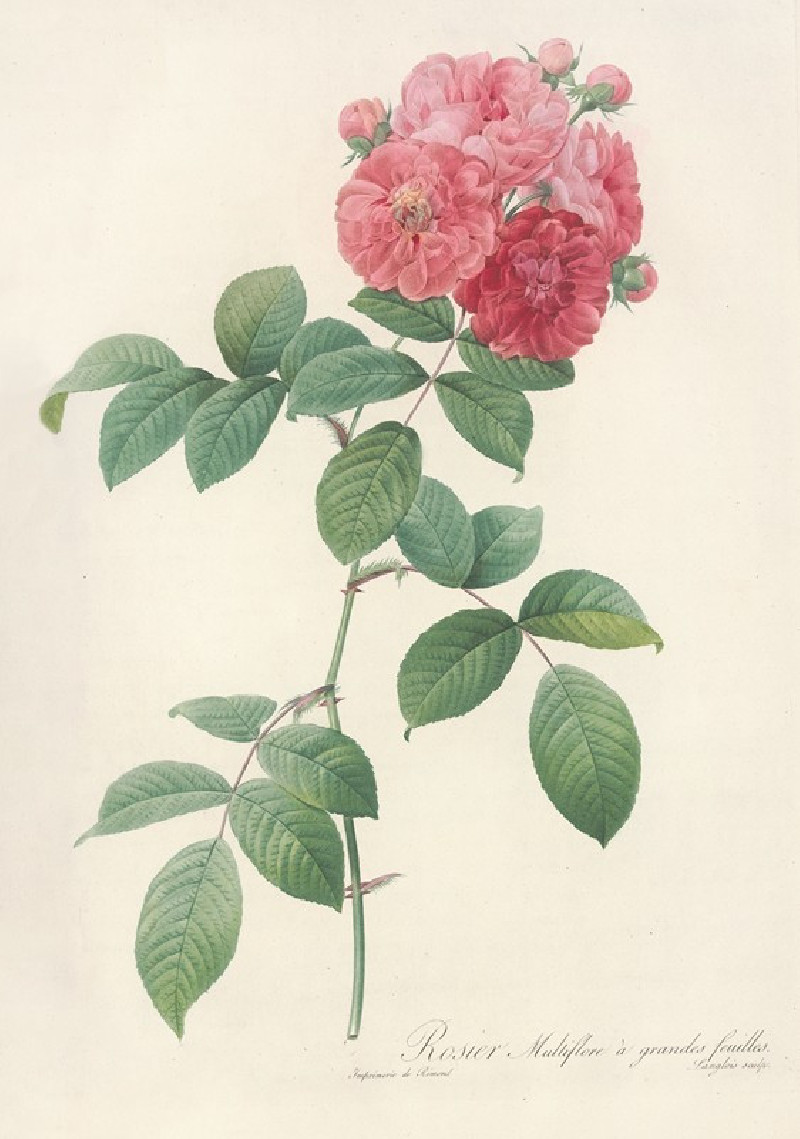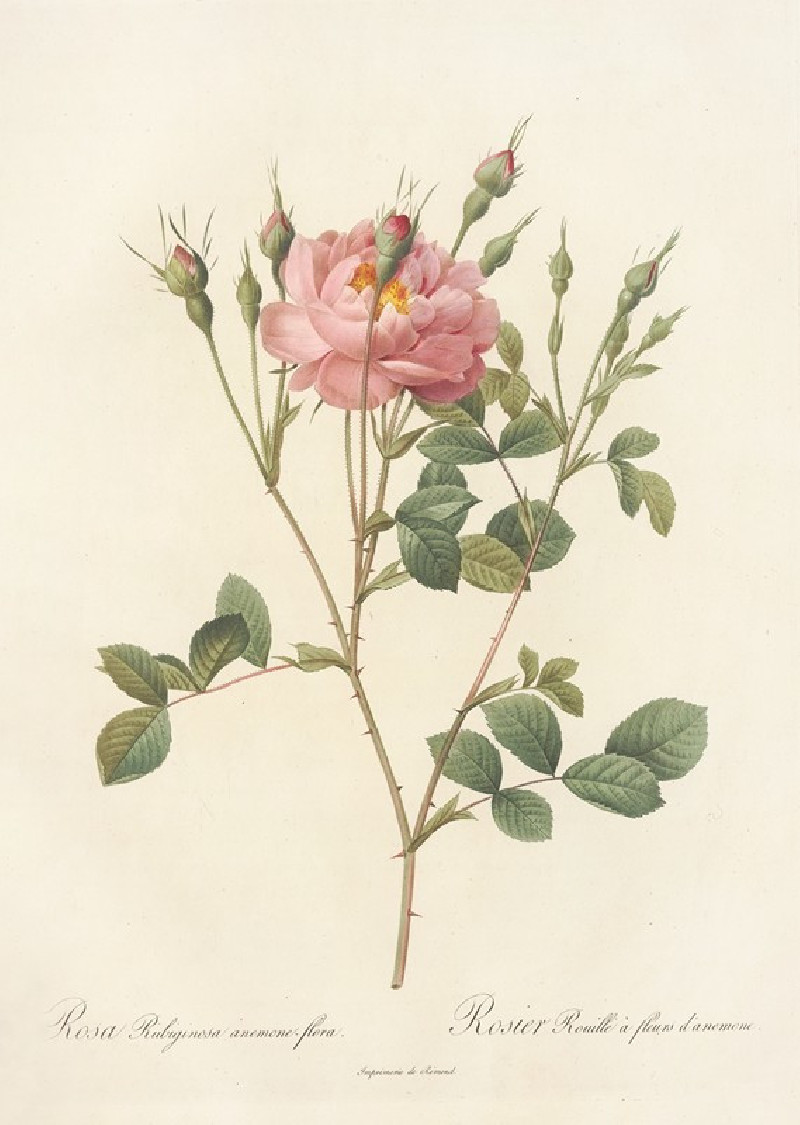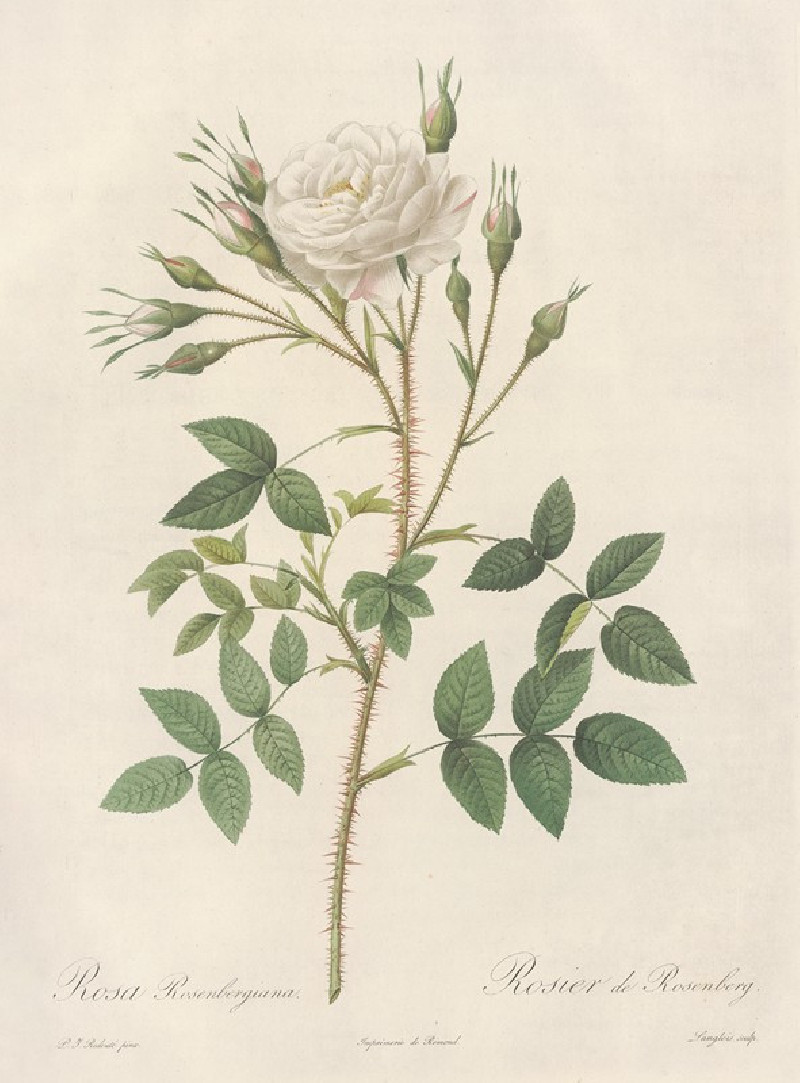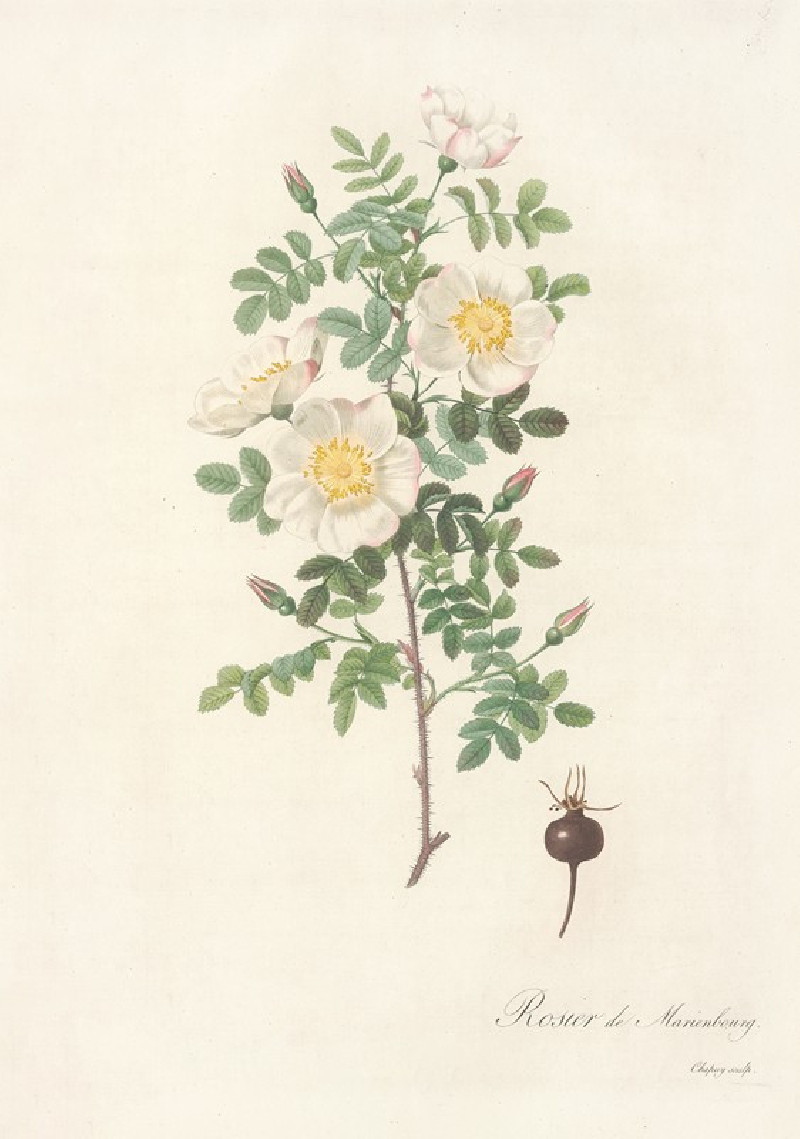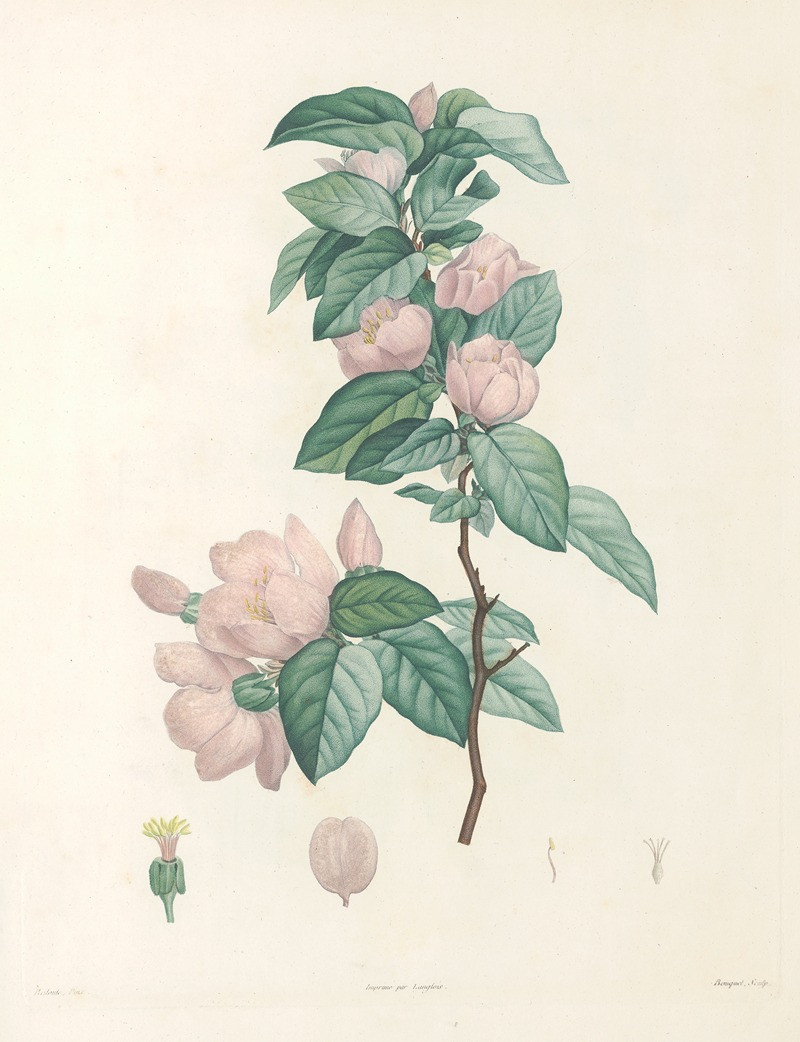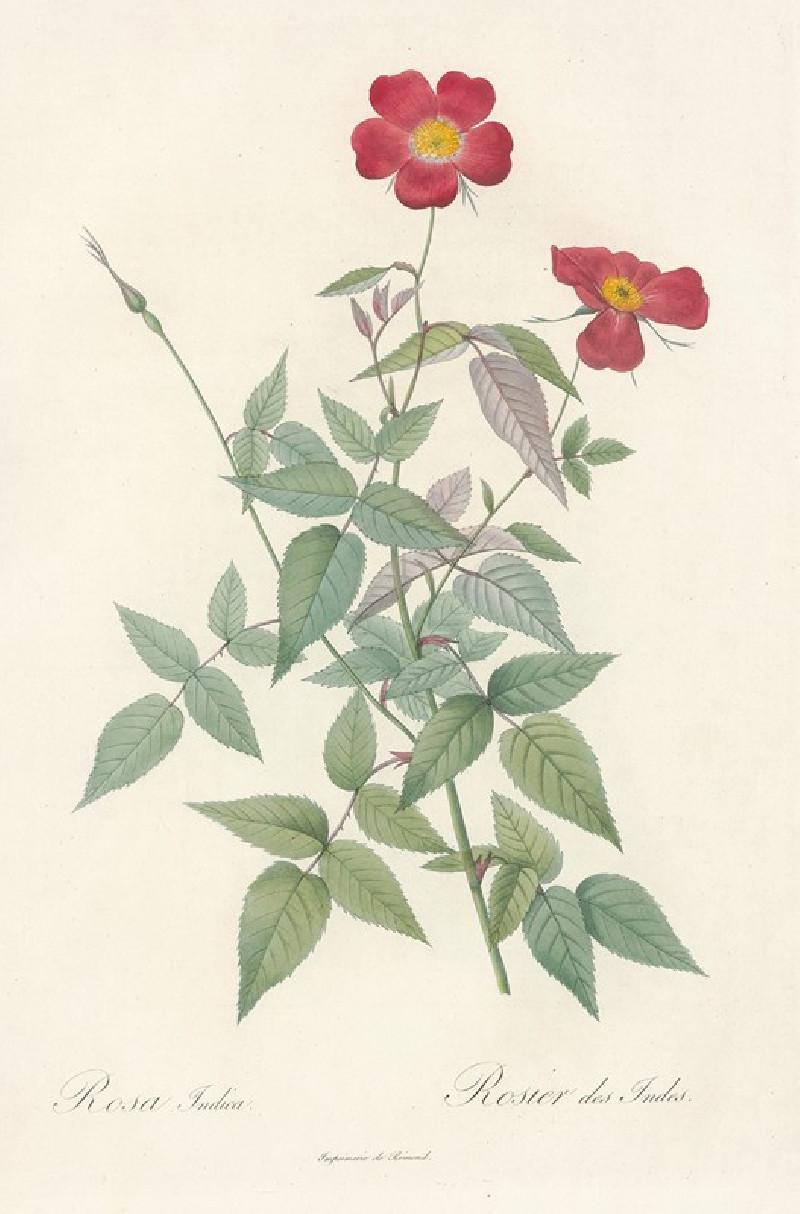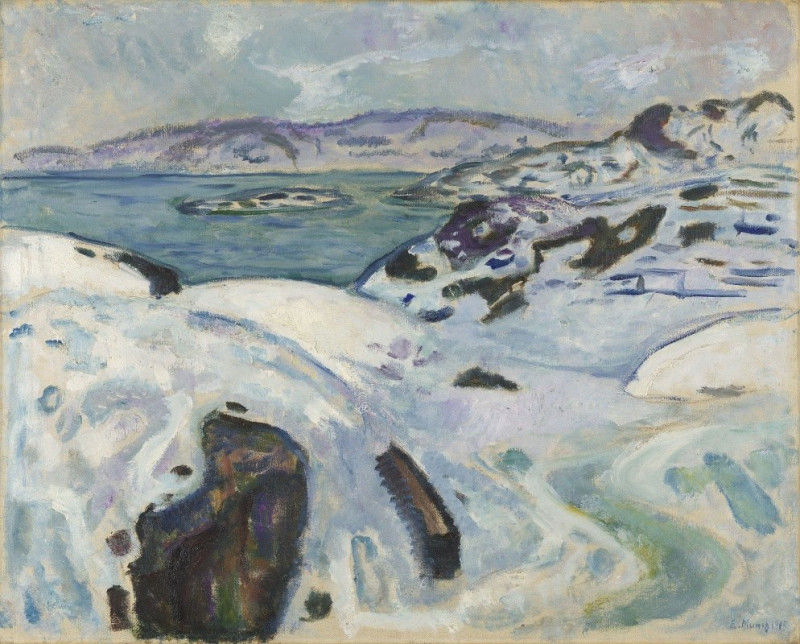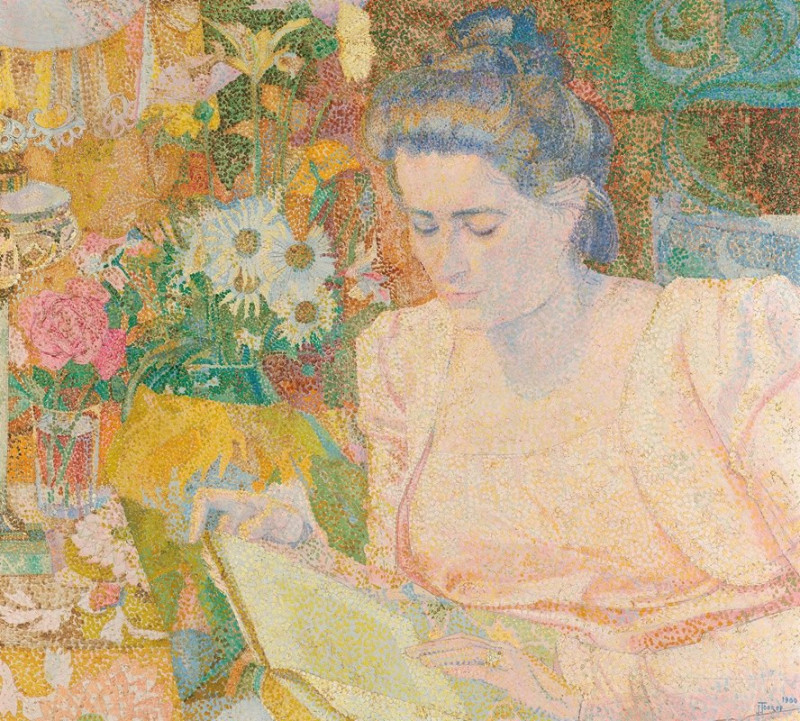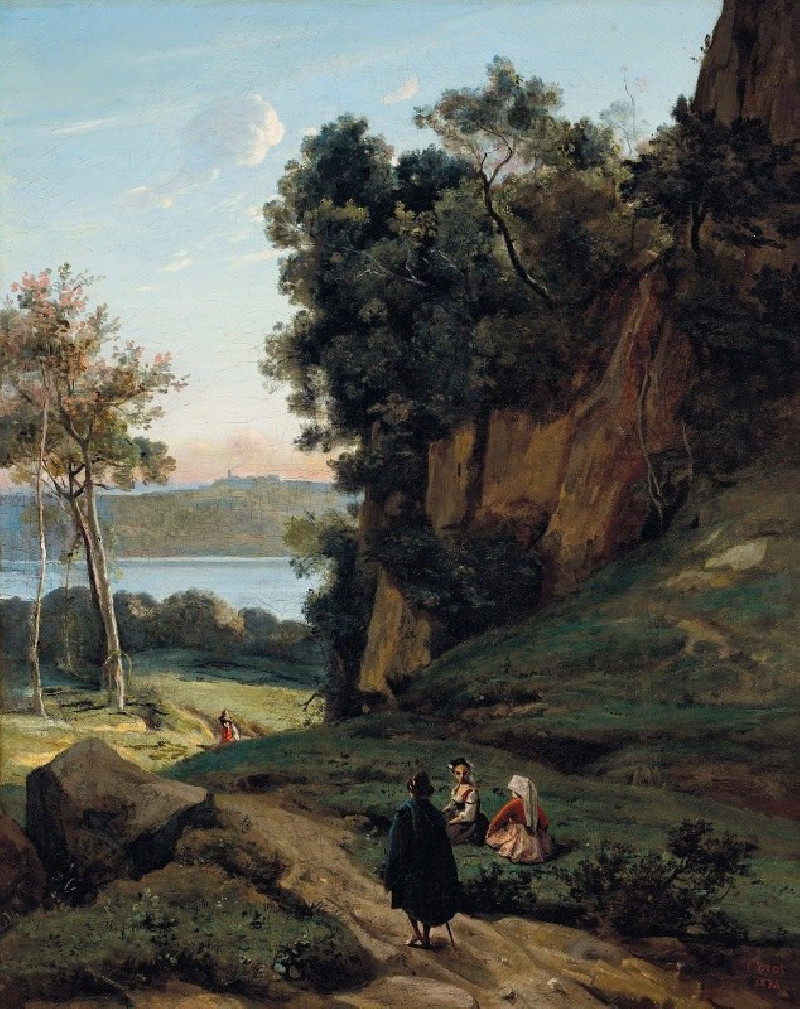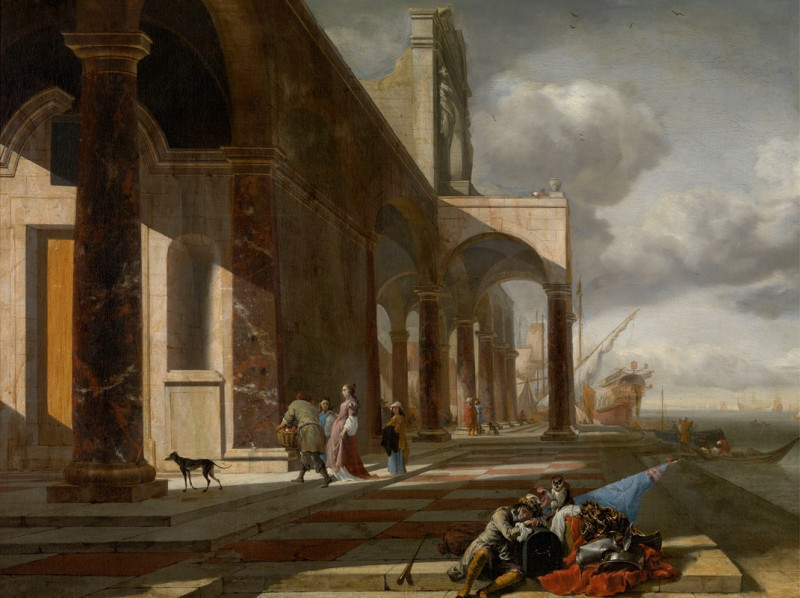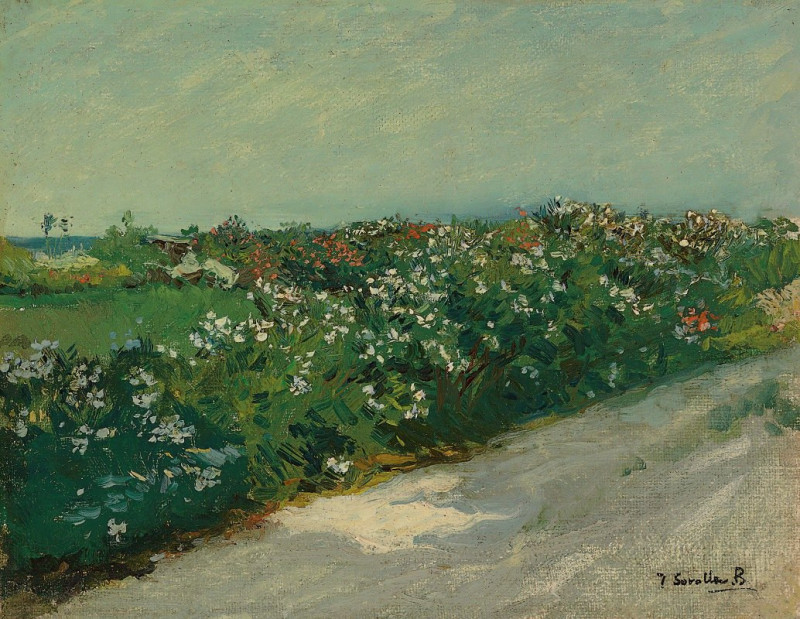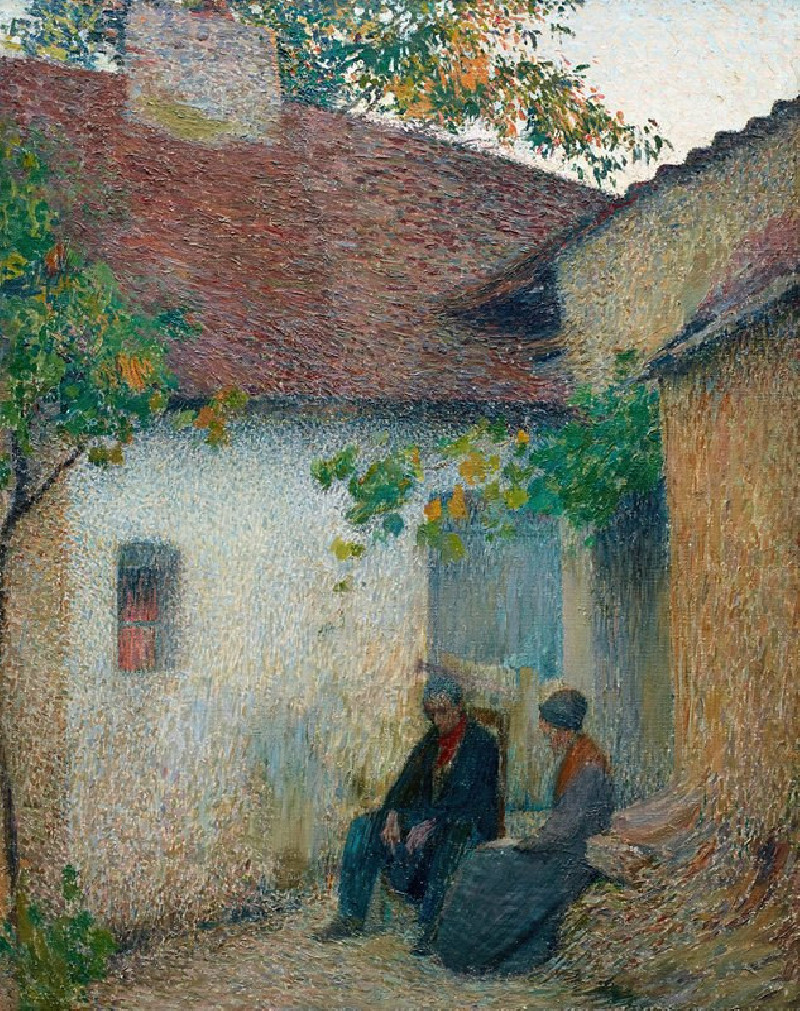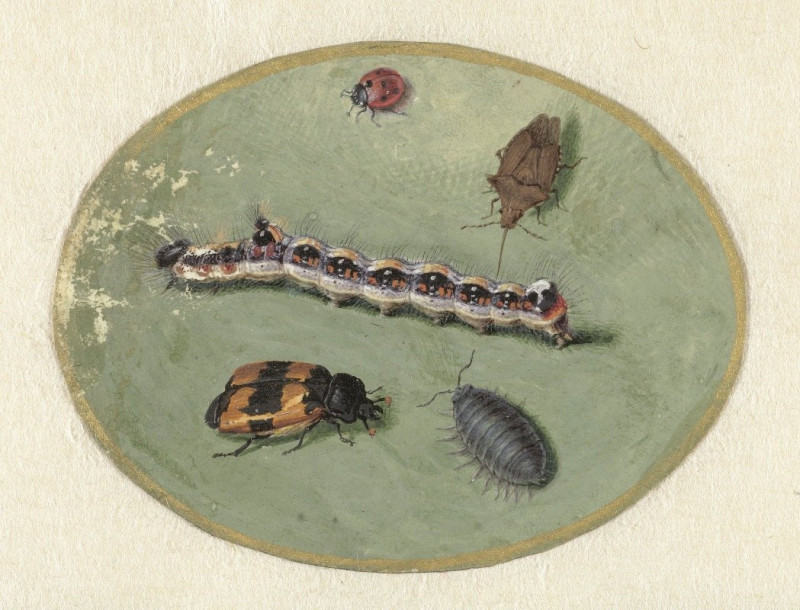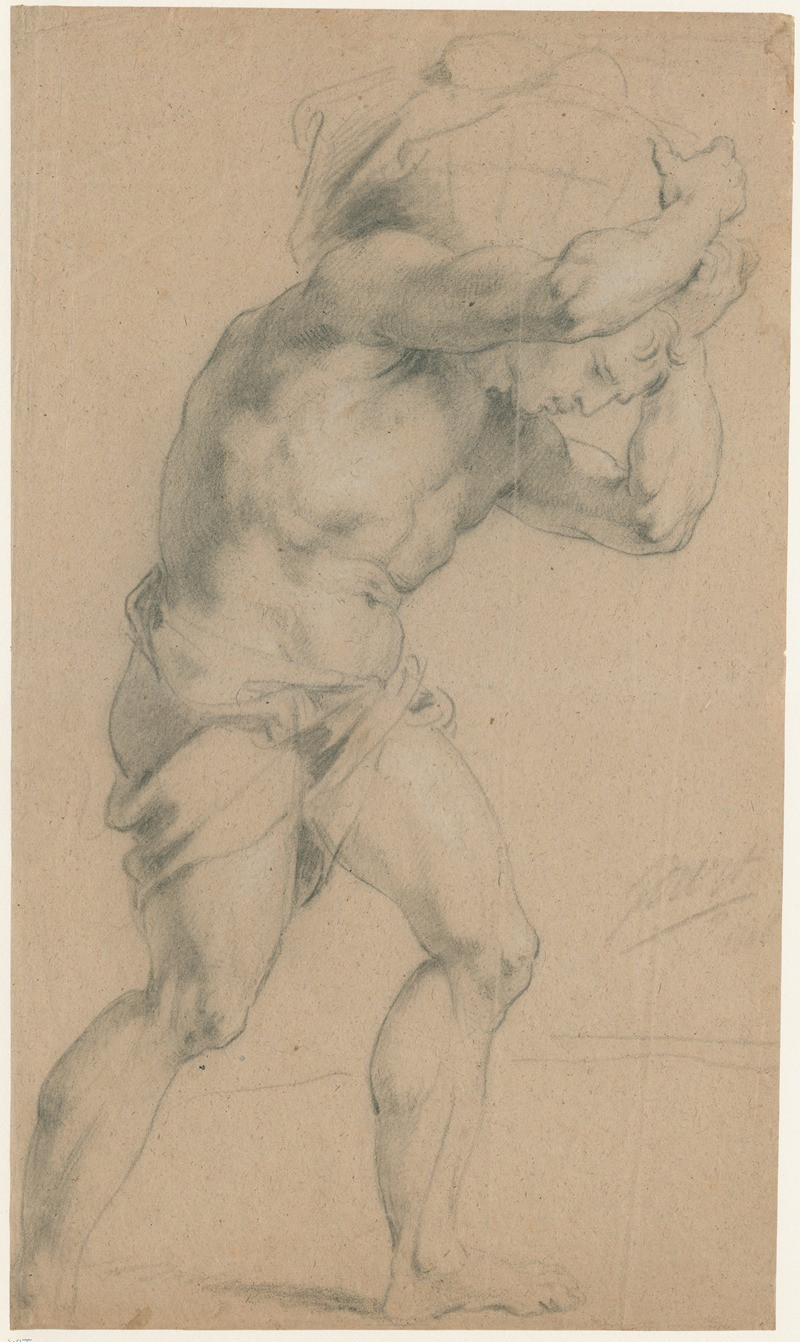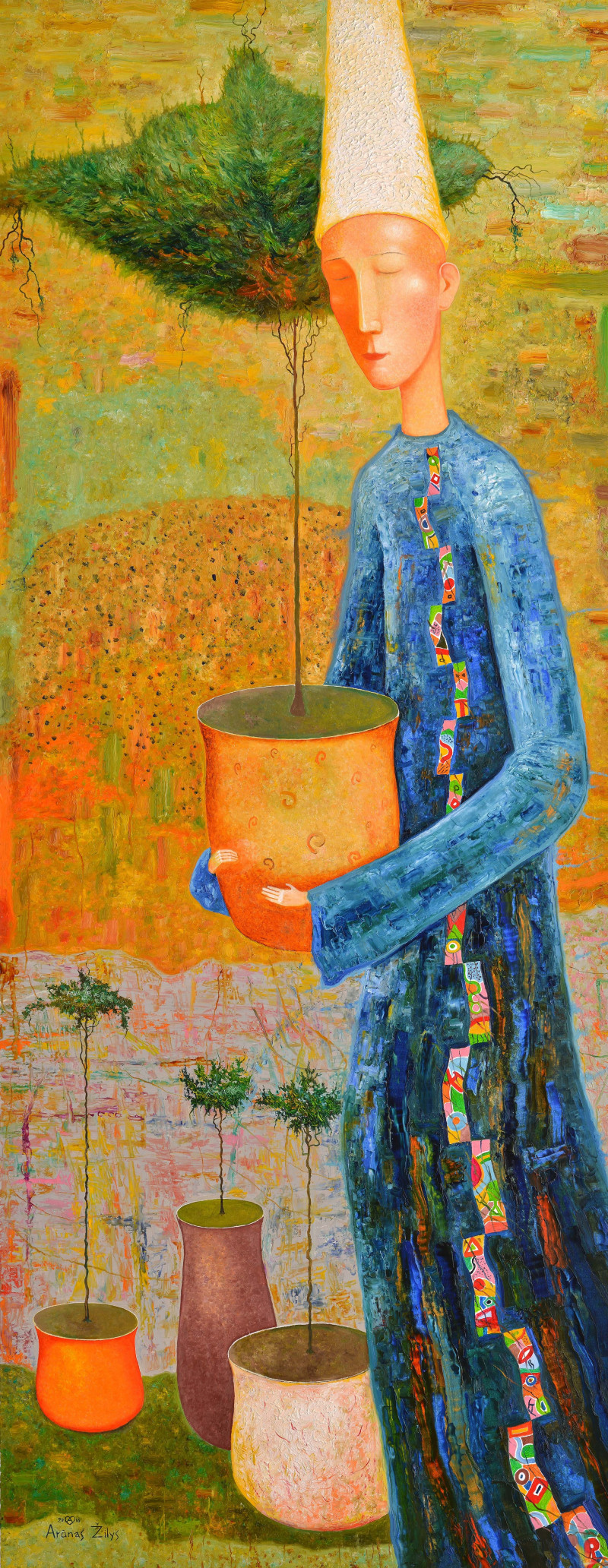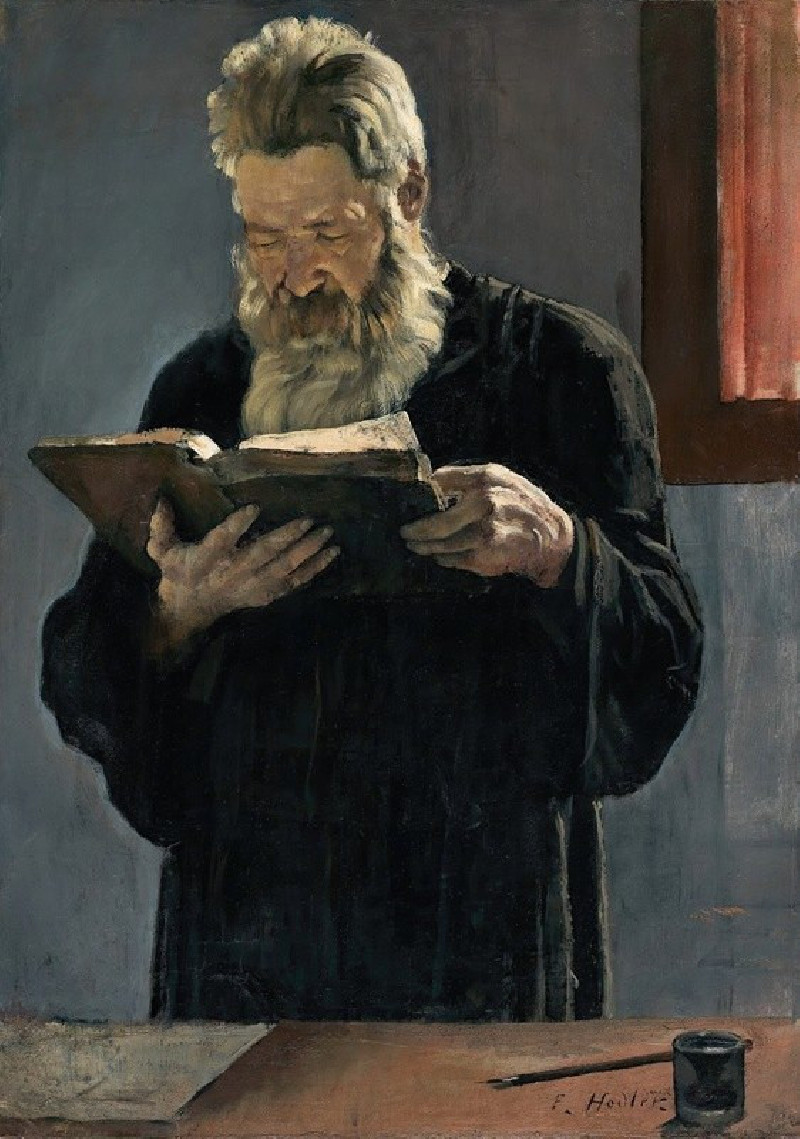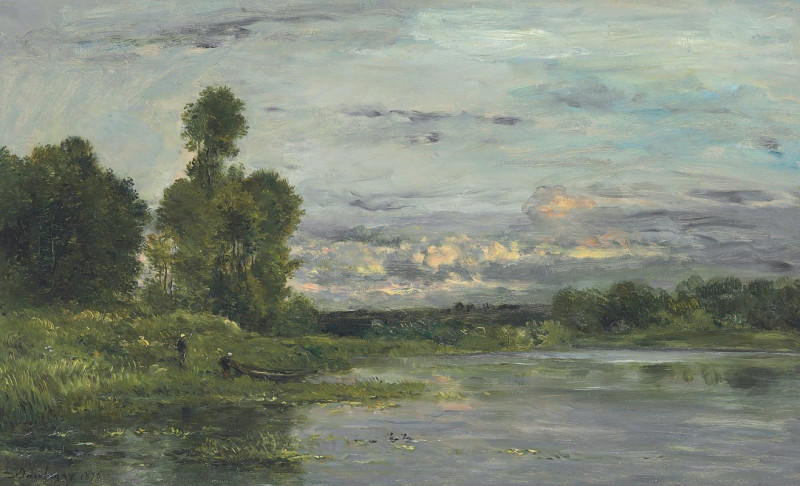Rosa Eglanteria Var.Punicea (1817 - 1824)
Technique: Giclée quality print
Recommended by our customers
More about this artwork
Punicea (1817 - 1824) by Pierre Joseph RedoutéPierre Joseph Redouté, often hailed as the "Raphael of flowers," brings his inimitable delicacy and precision to the beautiful "Rosa Eglanteria Var.Punicea." Created between 1817 and 1824, this exquisite work represents a type of wild rose, also known as the Sweet Briar. This botanical illustration, like much of Redouté’s art, combines scientific accuracy with artistic elegance.The painting delicately portrays the vibrant life of the rose with its lush, deep red petals that draw the eye. Each blossom is rendered in breathtaking detail, capturing the rich texture and gradient tones of the petals. Surrounding the flowers, the green leaves are depicted with intricate veins and realistic sheen, adding depth and a touch of realism to the composition.Notably, this piece highlights not only the open blooms but also shows buds in various stages of opening, a detailed depiction of a thorny stem, and even a solitary rosehip. This comprehensive approach not only showcases Redouté’s attention to detail but also his intention to document the entire lifecycle and anatomy of the plant."Rosa Eglanteria Var.Punicea" is more than just a portrayal of a rose; it is a masterful blend of art and botany that immortalizes the ephemeral beauty of nature. Redouté’s work continues to captivate art enthusiasts and botanists alike, embodying a timeless appeal that transcends the era in which it was painted.
Delivery
Returns
Pierre-Joseph Redouté, was a painter and botanist from Belgium, known for his watercolours of roses, lilies and other flowers at Malmaison, many of which were published as large, color stipple engravings. He was nicknamed "the Raphael of flowers" and has been called the greatest botanical illustrator of all time.

